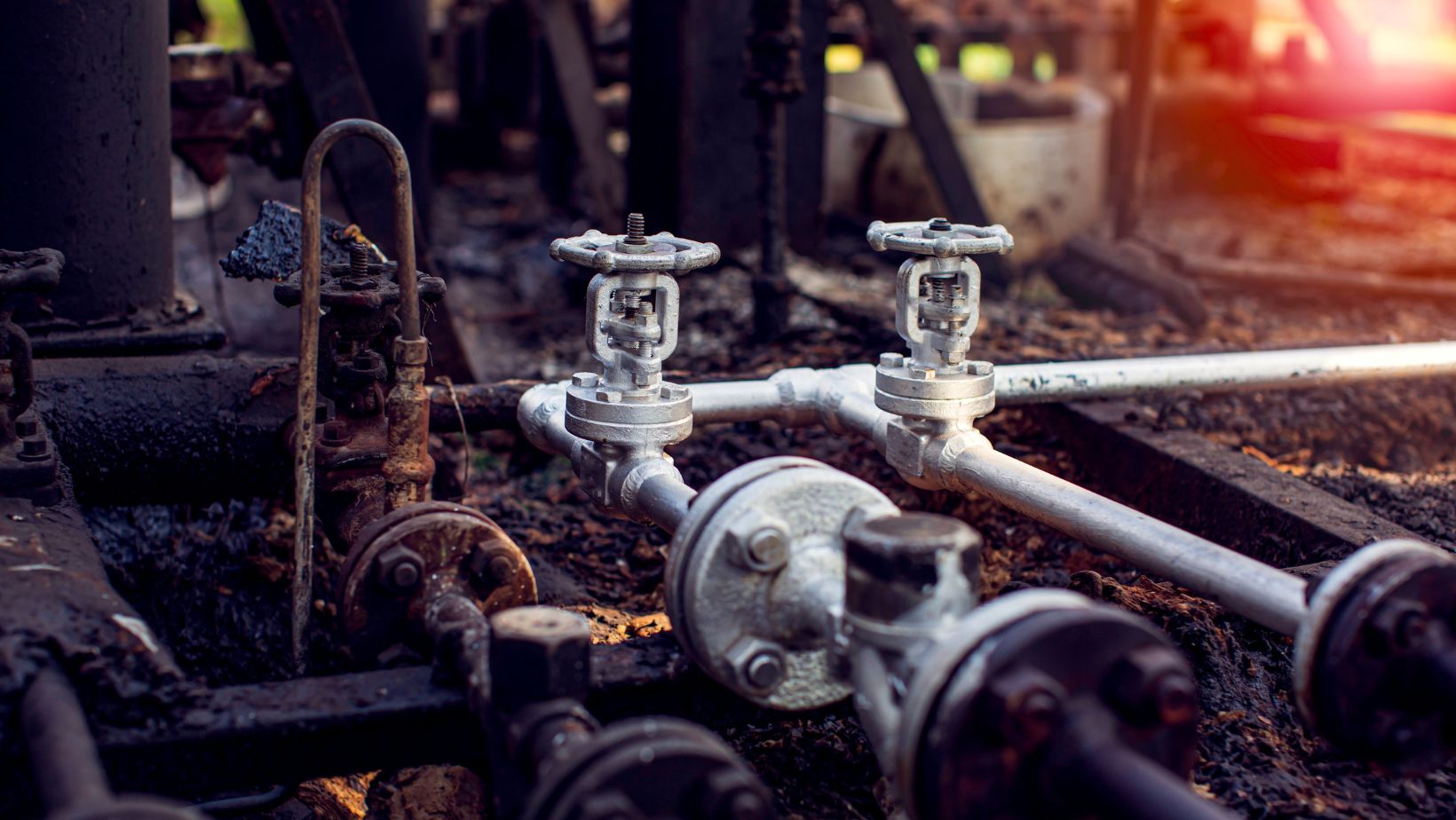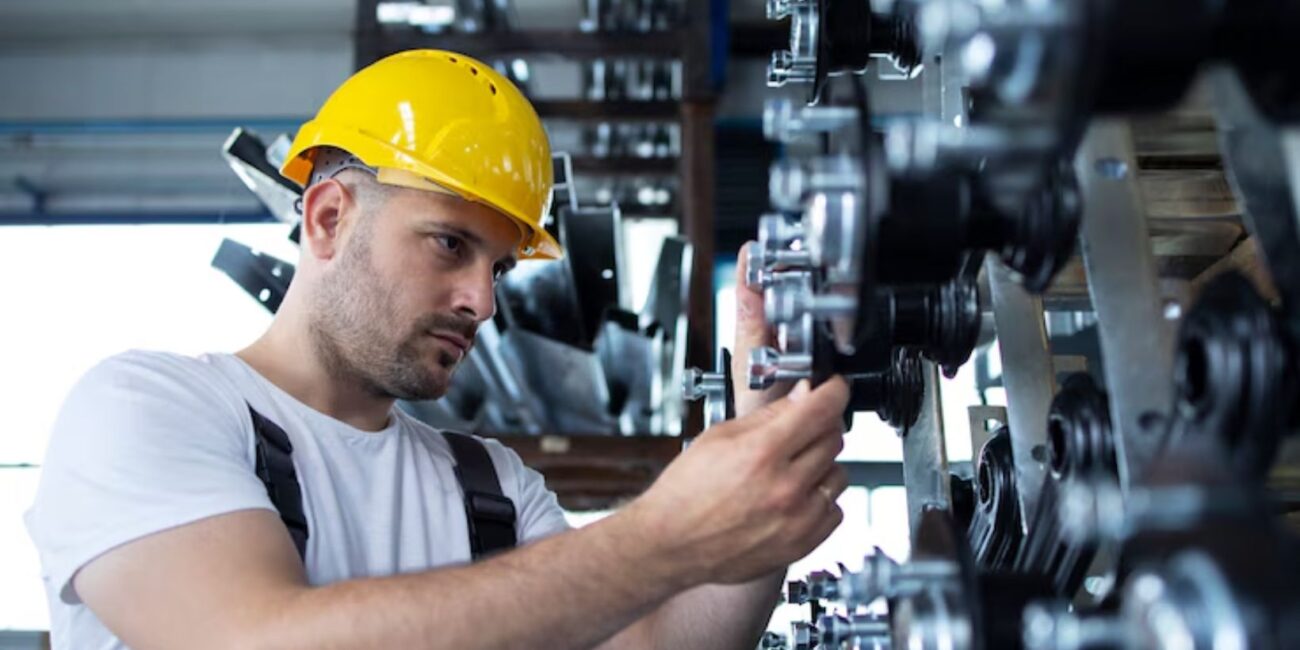Have you ever stood in front of plumbing options and felt confused about which valve is the better pick—ball valve or butterfly valve? You’re not alone. It’s a common question, especially when setting up something at home, in a factory, or just fixing a piping system. Both valves are popular and useful in their own ways, so choosing the right one depends on what you need it for. Let’s break it down in a simple and friendly way so it actually helps you.
What is a Ball Valve?
A ball valve uses a round ball with a hole through it. When you turn the handle, the ball rotates and either blocks the flow or lets it pass. It’s really simple and works by just turning it a quarter—so from off to on is just a 90-degree turn.
Ball valves are mostly known for giving a tight seal. That means, when it’s off, nothing is passing through. It’s like turning off a water tap fully. You’ll find them in homes, industries, and even in gas lines because they work well with high pressure and give good control.
What is a Butterfly Valve?
A butterfly valve has a flat disc in the center. This disc turns on a rod when you move the handle. When the disc lines up with the flow, liquid or gas moves through easily. When turned sideways, it blocks the flow.
The nice part is, it takes up less space and can be lighter compared to other valves. You’ll see these more in big pipelines or systems where large volumes of water or air move. It’s quick to open and close and usually costs less when used in bigger sizes.
Easy to Use – Which One Feels Better?
If you’re someone who likes smooth handling, both of these valves work well. Ball valves usually give a firm feel—when it’s open, you know it’s open, and when it’s shut, it’s totally shut. You can’t go halfway by mistake.

Butterfly valves are also easy to handle, but you might feel a slight resistance sometimes because the disc sits right in the flow path. Still, it works fast and well. Many people like that they can install it in places where space is tight.
Thinking About the Pressure?
If your system has strong pressure or you’re working with gas, ball valves really shine here. They’re strong, and when closed, they don’t leak. That makes them a favorite for high-pressure needs.
Butterfly valves can handle pressure too but are usually better with medium to low-pressure systems. So, if it’s for something big like water treatment or air supply in a factory, they’re a solid option.
Size and Weight Talk
When size and weight matter—for example, in large buildings or industrial setups—people often go with butterfly valves. They’re compact and lightweight. Even if you need a very large one, it won’t be as heavy or bulky as a ball valve of the same size.
Ball valves, especially in bigger sizes, tend to be heavier and take up more room. For small setups or home plumbing, that doesn’t matter much. But in big systems, every inch counts.
Money Side of Things
Let’s be honest—budget always plays a role. For smaller valves, both types come at reasonable prices. But as the size increases, butterfly valves usually cost less. That’s why people use them in huge pipelines and factories.
Ball valves might cost more, especially in stainless steel or brass materials. But that extra cost comes with strong sealing and good pressure handling. So, it’s worth the money if that’s what you’re aiming for.
Maintenance and Cleaning
Both valves don’t ask for much maintenance. Ball valves last long without many problems. Their design keeps things simple and you don’t have to worry about many moving parts.
Butterfly valves are also simple in structure and easy to clean. Since the disc is in the middle, sometimes small particles can gather there, but in general, cleaning is quick.
If you clean or inspect your pipes often, butterfly valve can be a bit quicker to open up and check, especially when used in systems with frequent access needs.
Flow Control – Who Does It Better?
Ball valves are good at giving a clear on/off option. They’re like a light switch—either it’s flowing or it’s not. But when you try to control flow in between, it’s not as precise.
Butterfly valves are better if you want some control over how much flow goes through. You can stop halfway, a quarter way, or just slightly open it up. That’s handy in places where adjusting flow matters more than just shutting it completely.
When Looks and Space Matter
If you’re fitting something in a modern kitchen or a visible area, the compact look of butterfly valves might be more useful. They take up less space and can fit in narrow spots.

Ball valves still look neat, especially the ones with nice handles. But if you’re trying to hide plumbing or keep the area tidy, size can be a small deciding factor.
Final Thoughts – Picking What Feels Right
So which one should you pick? If you need full shut-off, work with high pressure, or want something reliable for years, go with a ball valve. It’s strong, tough, and easy to handle.
If you’re working with a larger setup, need something lighter, or want to adjust flow without completely closing it, then a butterfly valve will do the job well.
Both types have their own benefits, and neither one is wrong. Think about where you’ll use it, what you expect from it, and what fits your budget and space. That’s the real way to make a smart choice—by keeping it practical and simple.
Want to make your valve pick easier? Just ask yourself: do I need strong shut-off or flexible control? Do I have tight space or big open systems? Answer that, and you’re already halfway there.



